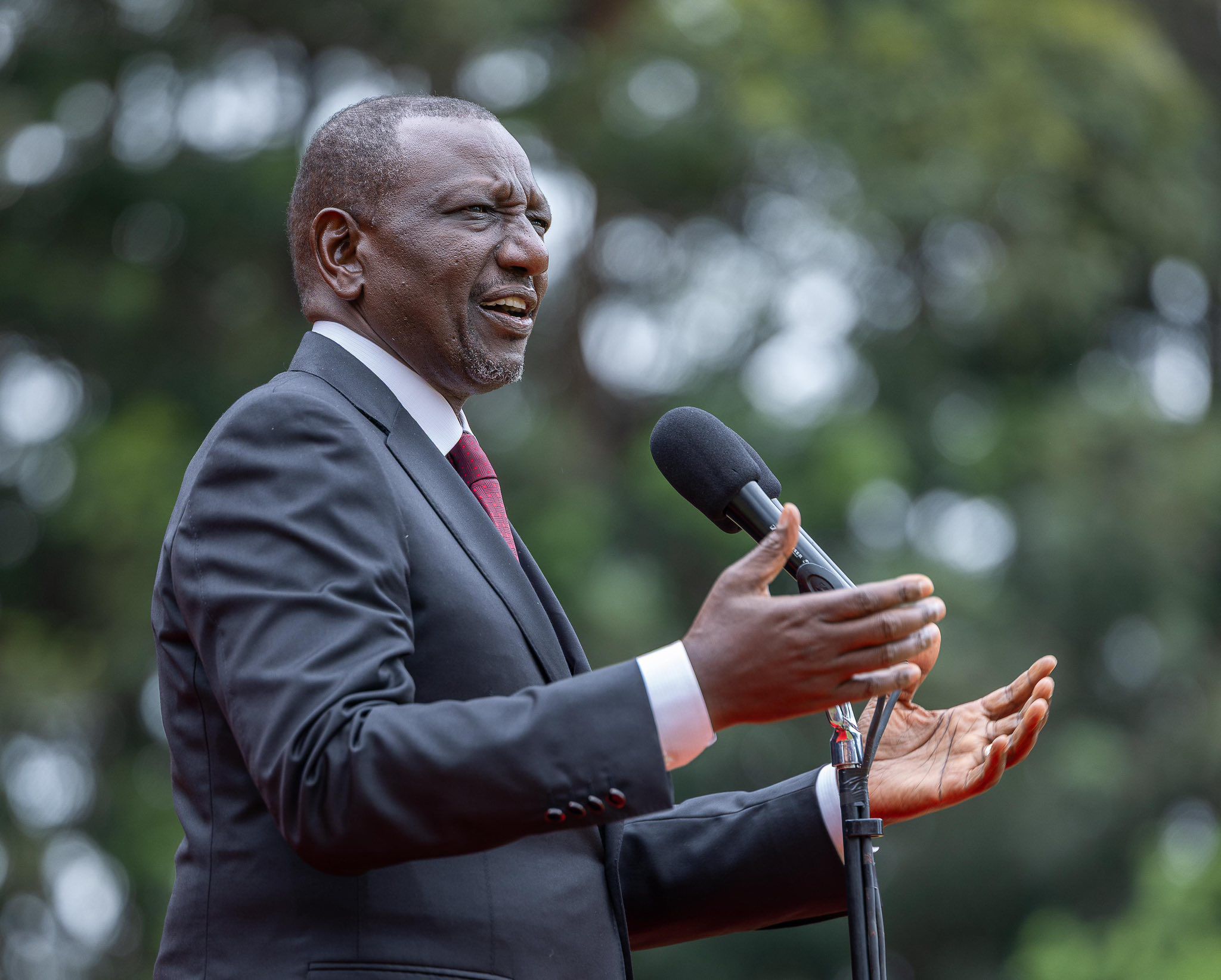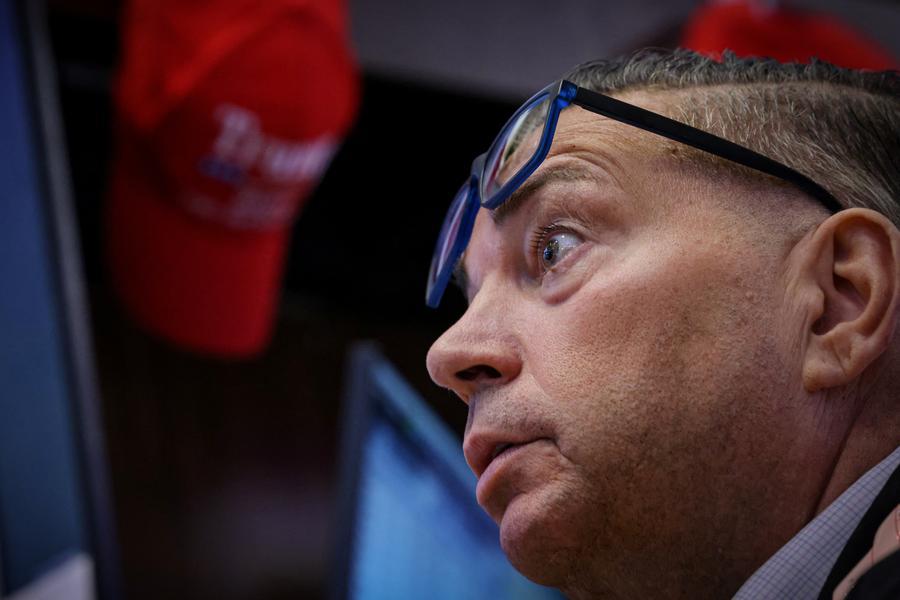Analysis: Claudio Irig on Potential Continued Weakening of US Dollar

Claudio Irigoyen, head of global economics research at BofA Global Research, provides insights into the current global economic landscape, particularly focusing on the trajectory of the US dollar and the factors influencing US treasury yields. He suggests that while the US dollar is expected to exhibit some softness, a major collapse is unlikely.
Irigoyen explains that the rise in US treasury yields is primarily a recalibration of expectations stemming from a mix of fiscal and policy uncertainties. This uncertainty is affecting consumer and business sentiment, leading to a cautious "wait-and-watch" approach from companies regarding investment decisions. The broader fiscal gap is compelling markets to demand a higher risk premium on US assets, consequently pushing treasury yields higher. Simultaneously, a shift in global investor portfolios, moving away from an overweight position on US assets towards European assets, is contributing to the relative weakness of the US dollar against currencies like the euro.
Despite these pressures, Irigoyen emphasizes that the current situation should not be interpreted as a crisis of confidence in the US economy or a threat to the US dollar's status as a reserve currency. He anticipates the dollar will remain somewhat soft but does not foresee a sharp, disorderly decline.
Regarding capital movements, Irigoyen notes that some moderation in flows to the US is expected, given that the global investor base had become significantly overweight on US assets. While consumption in the US is slowing, it's not severe enough to signal an impending recession. The US economic outlook, though softened, still appears more compelling than that of Europe, which continues to grapple with structural challenges and tepid growth.
Among emerging markets, India stands out as a particularly resilient story. Irigoyen attributes this to a combination of structural reforms, favorable demographic momentum, and robust domestic demand. BofA Global Research projects India's GDP to expand by 6.3% in 2025. Furthermore, inflation in India is trending lower, creating potential room for the Reserve Bank of India (RBI) to implement further rate cuts. Compared to other emerging markets, India's economic narrative is considered structurally solid.
However, Irigoyen also cautions that in a global environment where the twin engines of global demand, the US and China, are slowing, very few markets can remain entirely immune. While capital may rotate selectively towards markets like India, a broad decoupling from the global slowdown is unlikely.
A significant concern highlighted by Irigoyen is the US fiscal bill. He points out that while the bill might offer some immediate economic stimulus, it carries the risk of entrenching a structural fiscal imbalance at a particularly fragile economic juncture. There's a further risk that higher interest rates, driven by a larger deficit, could negate any stimulative effects of the bill. Preliminary assessments suggest the approved bill could result in a primary deficit of around 3.5% of GDP and a headline deficit of 6.9%, figures deemed unsustainable without robust revenue growth.
Irigoyen concludes that the dynamics of fiscal policy are now more critical than ever for the US economic outlook.









